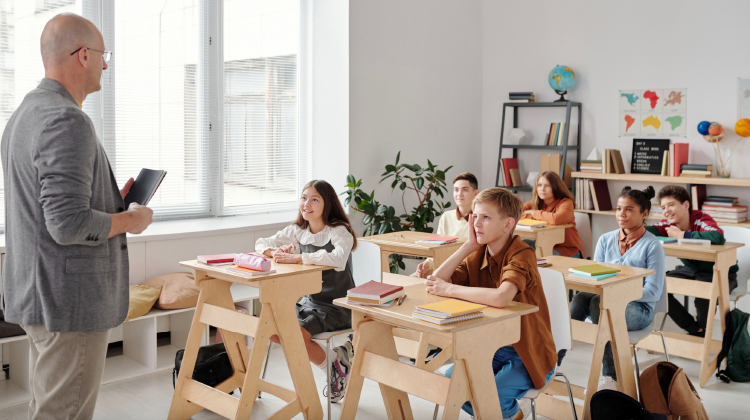How Educators Can Fight Misinformation in the Classroom

With the growth of technology, the internet, and social media, information about any topic has become widely accessible to just about anyone. However, not all sources are reliable and honest - fake news and misinformation is a growing issue that poses more harm than any other regular prank or joke online. Research on fake news and its impact on society published in the Information Systems Frontiers journal note that fake news can impact societal values, shape opinions on critical issues, and redefine facts, truths, and beliefs. Combine that with the fast-paced circulation of information on social media, and fake news can easily be mistaken for the truth.
This is becoming a big issue in Australia. Reports show that Australian children are not learning enough about media literacy, with only 36% telling a survey that they know how to tell fake news from real news. And as younger generations become more involved online, they can be vulnerable to scams, inappropriate content, hate speech, and other cyber risks. Around 50% of children believe the internet can be dangerous, but they might not be adept at spotting the risks of things like fake information. As an educator, your role is to guide students to the truth and help them learn from it. It’s not always easy to spot a fake story or fact, but making the extra effort can help you direct young minds to spot them. Here’s what you can do to combat misinformation in the classroom:
Learn How to Spot a Fake News Story
Educators should be leaders regarding reliable information. To help students deal with misinformation, you need to be adept at recognising them first so you can lead by example. That task is easier said than done however. A feature on fake news and advertising by Ayima outlines how they can be difficult to spot - even making it onto international news sources such as the Mail Online. Granted, these two papers are tabloids, but many readers are still likely to be influenced by what they see on these big platforms.
Fortunately, there are many ways you can seek the truth, and all it takes is knowing how to vet a news story by digging deeper. Check the source of information; look for typos, grammatical errors, the website layout, fake URLs, and other indicators of poor quality journalism. Read beyond the headline for important facts that could tip you off, and don’t be too quick to trust images and videos. A quick search or using a fact-checker can also do the trick. For any story, fake or not, a more in-depth look can help you gain valuable insights or clue you into whether what’s written is fake. In the classroom, you can even introduce students to fake news sites and ask them to personally identify the red flags. Alternatively, reading and writing activities can include fake stories that students can then be asked to dissect for key mistakes.
Teach the Value of Media and Information Literacy
Social media thrives on scrolls and clicks, encouraging users to browse without much thought or intention. People don’t often stop to think if a post is based on facts when they first see it on their feed, and they can share it on impulse and unknowingly spread misinformation. Students who spend a lot of time online can fall victim to this behaviour, which is why media and information literacy are crucial for their learning. An article from K-12 Dive on media literacy note that being adept at navigating stories online can help students learn how to critically parse information they’ve read, viewed and heard.
These skills are vital for their personal and professional adult lives and can equip them with the ability to debate and discuss issues using insights based on facts and reason. It can be taught in any subject in various ways. Venn diagrams can be used to compare two events and overlapping facts and details. You can use reports on real-world issues like climate change, which can be investigated and applied to real scenarios. Constructivist media decoding can also give students the power to scrutinise messaging from any media format and allow students to discuss and debate their observations with each other.
Make Learning Fun
Students might find learning about misinformation boring, and the skills and values they can acquire to spot fake news won’t stick. A straightforward approach may not always be effective, so incorporating games or fun exercises into your teaching methods can keep them engaged and informed.
Online quiz platforms where the entire classroom can participate can bring out a competitive edge, and students will have a more enjoyable time trying to get the correct answers. You can have students read a news story and quiz them on the details they read. You can also make it more relevant to their interests by asking what events they’re following or their favourite media. Gamifying the process can add a unique element of fun while equipping them with skills they’ll enjoy using to analyse any post or story they come across.
Image from Pexels